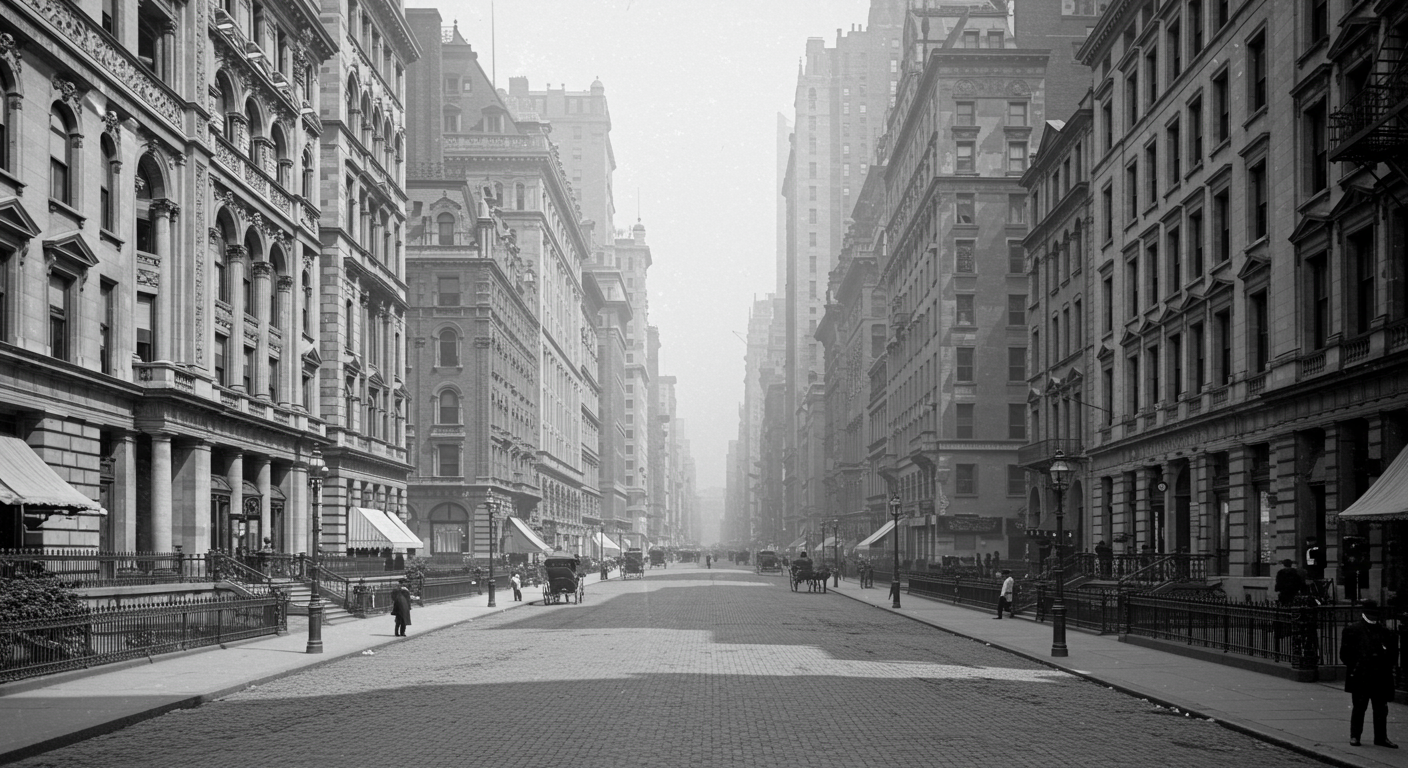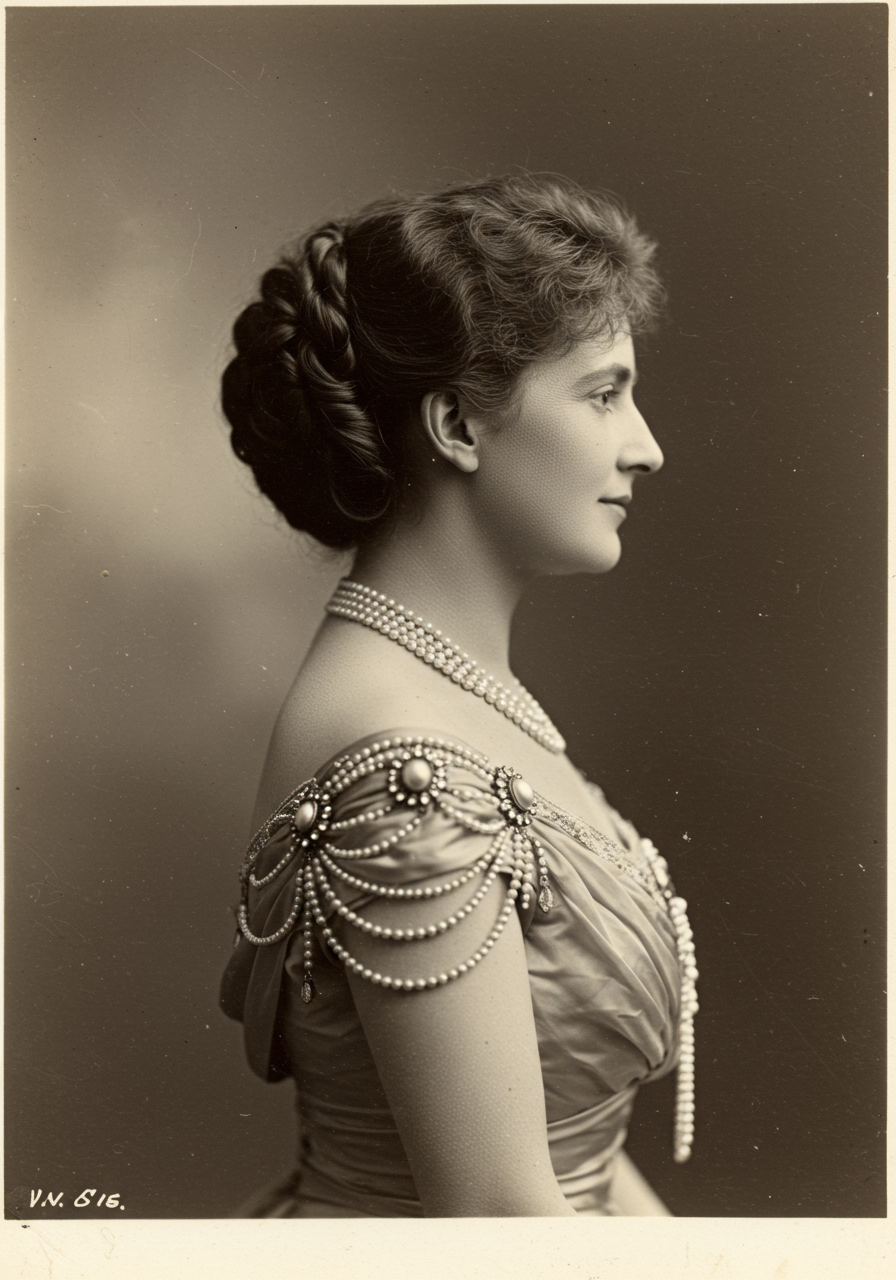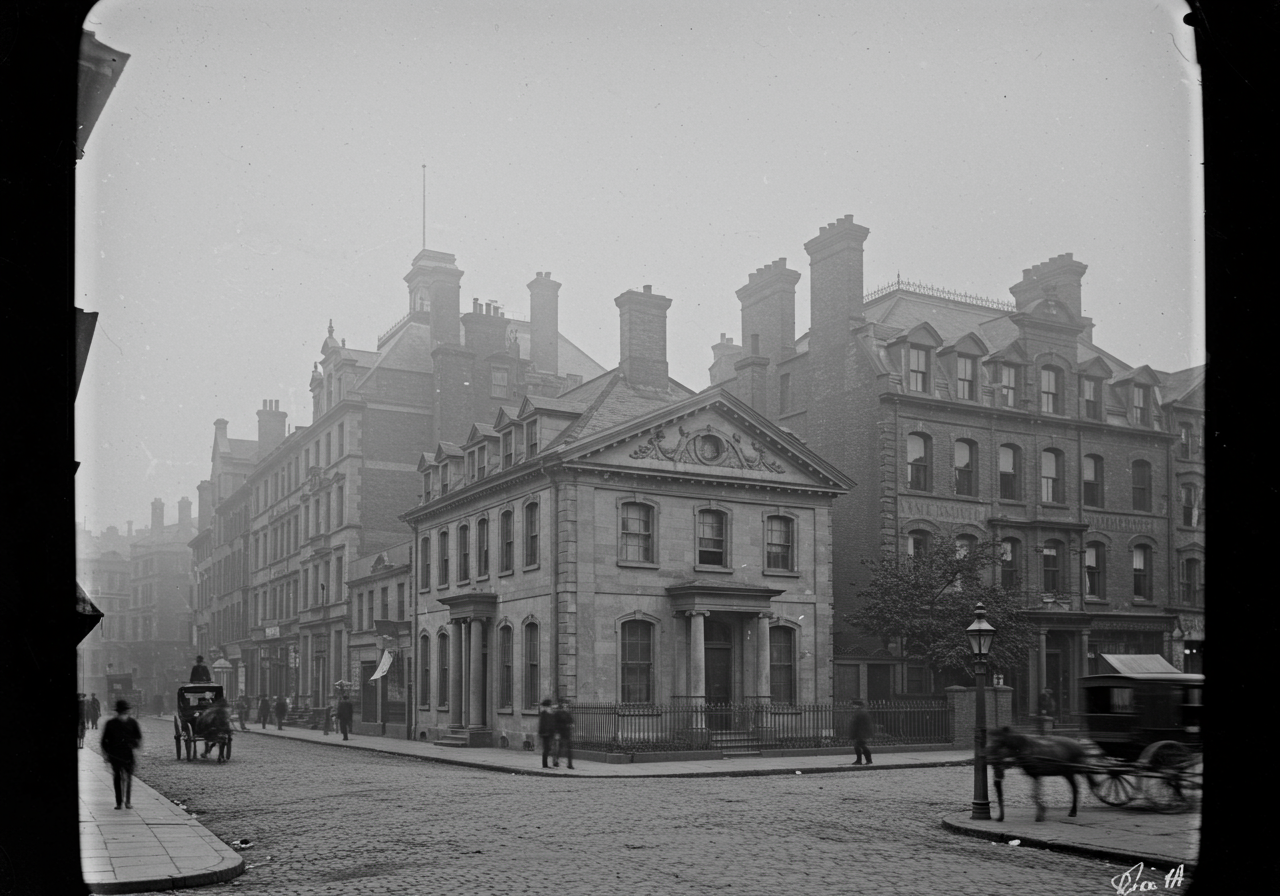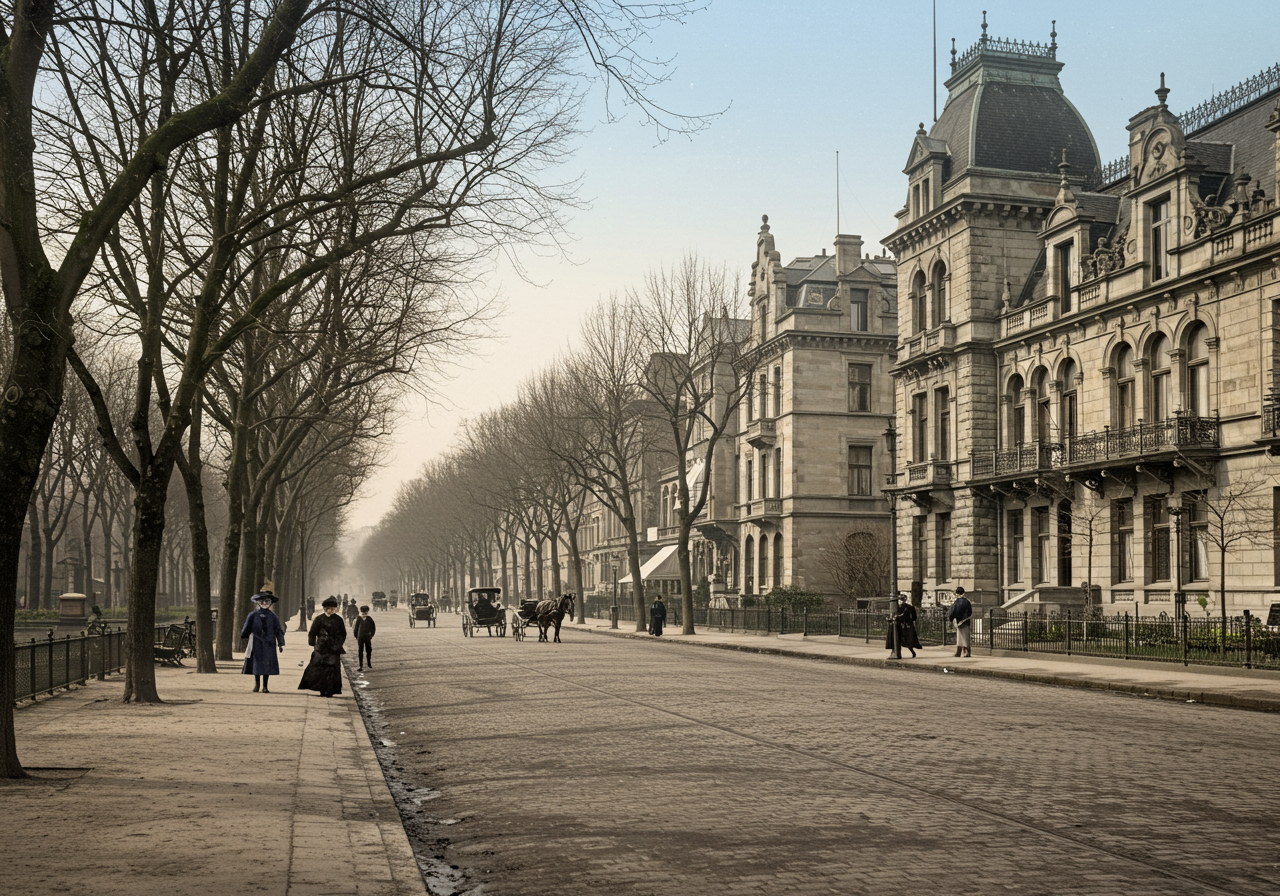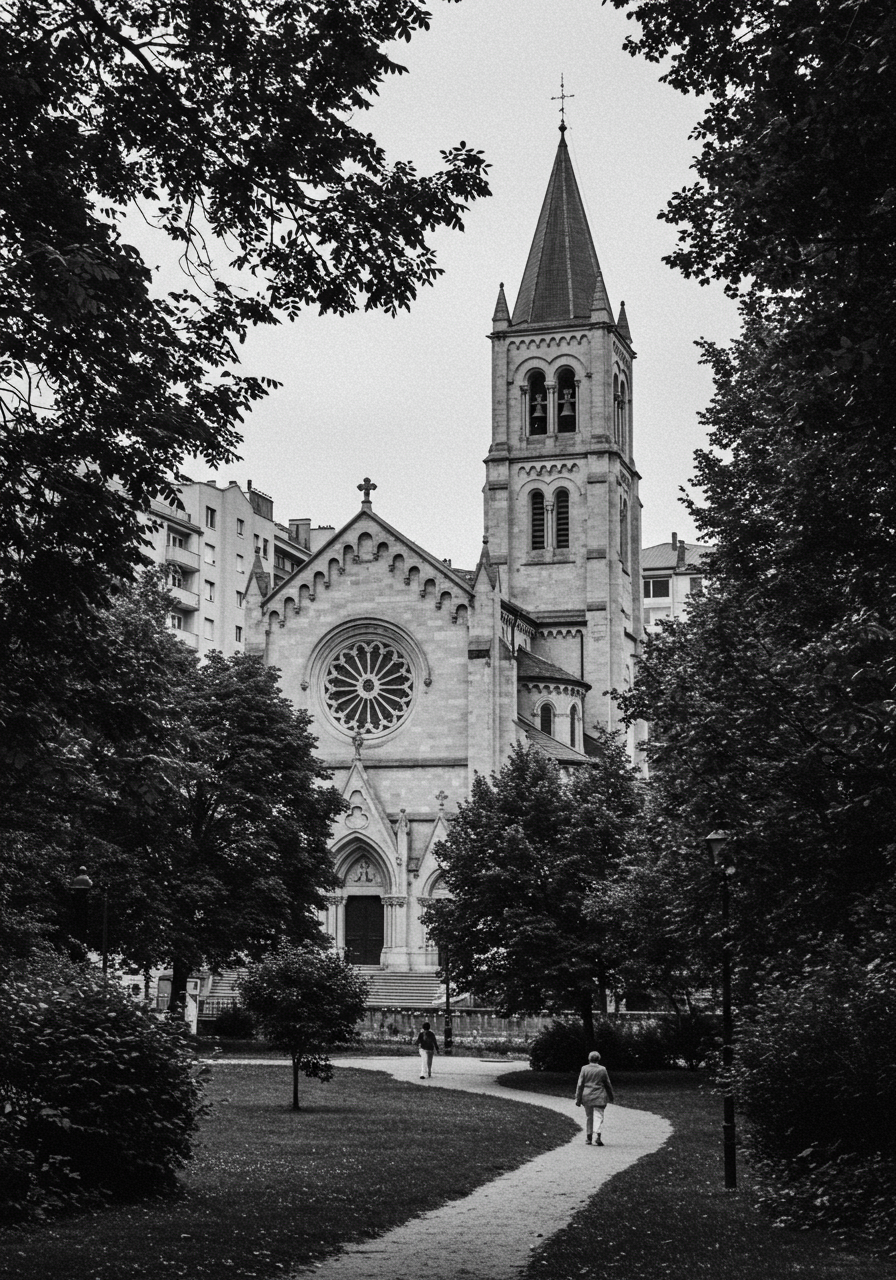Introduction
The history of New York City is recorded in its bricks just as much as it is written in books. The structures and buildings throughout New York tell the story of past and present in the span of a block, from prewar stonework to new development glass and steel. As the city’s skyline is redefined, many of us find security in the knowledge that our city’s landmark laws protect certain enclaves, specifically along Fifth Avenue and Central Park in the Upper East Side Historic District.
Those living within this distinguished and historic neighborhood enjoy the feelings of heritage that accompany living on the Upper East Side today. After all, the residences here are some of the oldest and most notable in the city, allowing us to actively live New York’s history amidst prewar structures while we craft its present and future.
Yet still, the face of the Upper East Side has changed more than most realize, particularly the stretch of Fifth Avenue along the southern portion of Central Park. Here, the Gilded Age was epitomized, and the mansions of notable families earned this area the name “The Gold Coast.” These private homes predated the majority of apartment buildings in the area and were the predecessors to even the oldest condos and coops on the Upper East Side. Despite the demolition of many of these residences, this illustrious history is the reason many of the most prestigious buildings and homes exist in this area of Manhattan in the present day.
After doing some research on one of the very fine properties I represent on Fifth Avenue, I discovered a little bit about the building’s history and the history of the area around it, all rooted in the Gilded Age. In this series which I will be adding regularly, I am going to be covering a few interesting stories and giving you a look back on what was before many of the prewar buildings that shape the Upper East Side we know today! I hope you enjoy it.
Background
By the late 1800s, Manhattan’s elite were already leaving their former enclave centered around 34th Street in what is today Midtown Manhattan. The changing cityscape had brought an influx of commerce into the area, and their once-quiet neighborhood began to foreshadow the frenzy that Midtown Manhattan would eventually embody. With the completion of Central Park in 1858, New York City’s upper echelon was drawn northward, and the upper portion of Fifth Avenue from 57th Street onward became laden with their mansions.
840 & 841 Fifth Avenue: Mrs. Astor's House
How better to start a history of the Upper East Side than with the home of the matriarch of Gilded Age society herself, the Mrs. Astor?
At the heart of the former enclave of New York City’s elite was a monumental address: 350 Fifth Avenue. At what would later become the site of the Empire State Building, Caroline Astor’s brownstone mansion at the intersection of Fifth Avenue and 34th Street was the centerpiece of New York City high society. It was here that “The 400,” a social roster including only the most influential old-money names in New York City, congregated in the massive ballroom for Caroline’s fabled parties.
Next door, however, the air was far less jovial. By 1893, Caroline’s relationship with her nephew William had completely soured. As the most senior living Astor wife, Caroline had proclaimed herself “the Mrs. Astor.” William, on the other hand, felt that his wife deserved the title as he was the male head of the family.
After a series of social blows, William finally had it and could no longer suffer his petty aunt. He knocked down his brownstone mansion next door to Caroline’s and started construction on the original Waldorf Hotel (pictured), meant to both physically and symbolically tower over Caroline’s home at 350 Fifth Avenue (standing in the foreground).
The insufferable noise from the construction and now increasingly busy neighborhood inevitably wore Caroline down, and by 1896, this Mrs. Astor and her son John Jacob Astor IV had left their brownstone in Midtown (which was going out of fashion anyway) and taken up residence in their newly completed dual mansion designed by Richard Morris Hunt.
The new residence sat on the northeast corner of 65th Street facing Central Park and consisted of two separate homes adjoined by a glass-dome entrance hall. From the outside, the structures appeared to be one colossal French Renaissance chateau, rivaling all of the other large mansions of the era. Caroline lived at number 841, and her son John Jacob lived at 840.
When Caroline died in 1908, her son inherited the entire property. The mansion would then change hands within the family one last time before it was demolished.
John Jacob’s second wife Madeline remarried after his death aboard the Titanic in 1912, relinquishing her claim on the Astor residence. As was customary, the property passed to his first born son Vincent in 1916, only to be sold in 1926 after Vincent decided he did not want the extravagant expense of a Fifth Avenue mansion any longer. Before selling the property, Vincent had his father’s bedroom removed and reinstalled in his new, downsized townhouse at 130 East 80th Street as a tribute to his father.
Although Mrs. Astor remains a figure with which many of us are familiar, only pictures and historical accounts provide evidence that her mansion ever stood in the first place. In a twist of irony which you will come to see is so common in the history of this neighborhood in particular, today Temple Emanu-El sits in place of Mrs. Astor’s mansion. The Mrs. Astor would likely not have allowed an individual of Jewish heritage to attend one of her parties, and yet now Temple Emanu-El serves as a flagship congregation of the Reform branch of Judaism on the very site of her lavish ballroom!
If you enjoyed reading this, please leave me a comment below to let me know! I will be uploading more stories similar to the one above, so stay tuned for articles!
